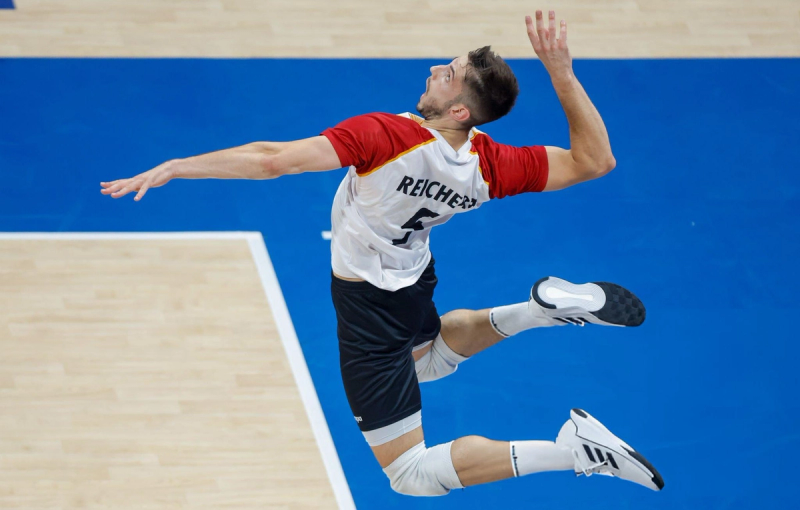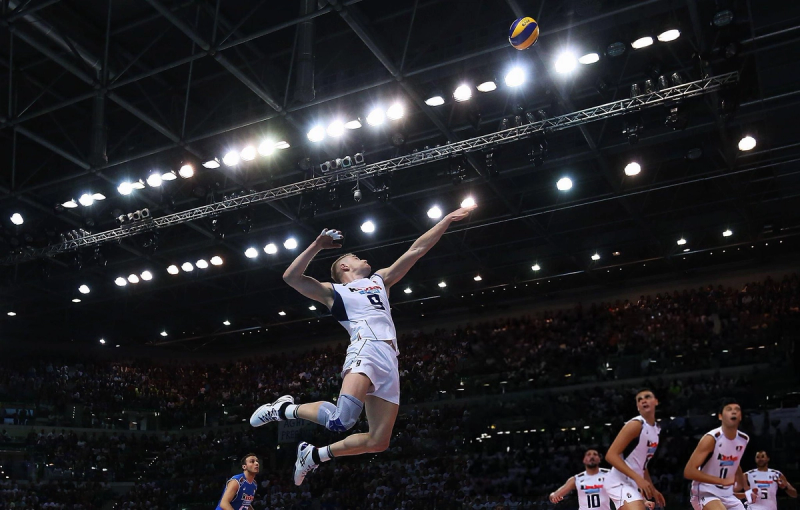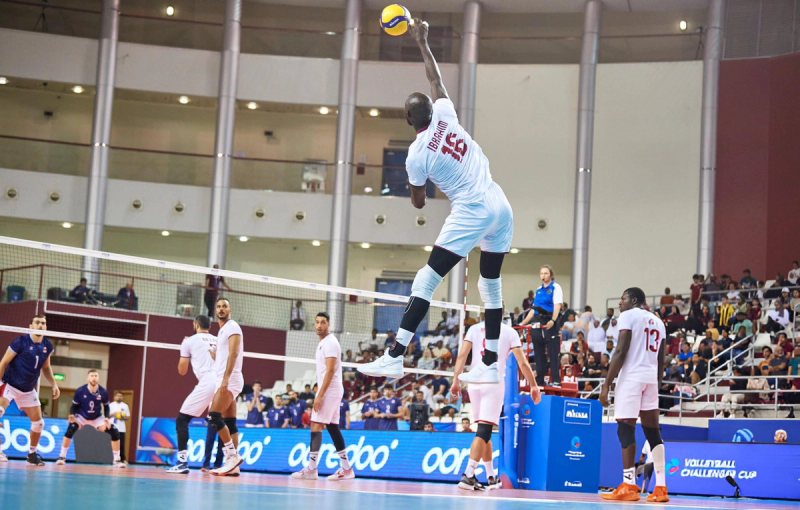
How to Jump Higher with These Leg Day Workouts for Volleyball Players

Matt Nikishin
•
6th August, 2025
Introduction: Why Jump Training Is Essential in Volleyball
Whether you're attacking from the outside, blocking a quick middle set, or diving for a dig, jumping is everything in volleyball. Improving your vertical jump gives you a powerful edge—more court control, more hitting options, and better net play. And it all starts with one thing: leg strength.
This article breaks down the top leg day workouts for volleyball players designed to help you jump higher, move quicker, and stay injury-free.
Jumping Power Starts with Leg Strength

A higher vertical jump isn’t just about genetics—it’s about lower-body explosiveness. Your quads, glutes, hamstrings, and calves all play vital roles in:
- Generating force during takeoff
- Absorbing impact during landing
- Supporting fast lateral movement and recovery
The stronger your legs, the more power you can produce—and the higher you’ll rise above the net.
🏋️♂️ Best Leg Day Workouts for Volleyball Players

Here are five proven exercises that target key muscles used in volleyball jumping.
1. Squats
- Purpose: Build total-leg strength and stability
- Muscles worked: Quads, glutes, hamstrings, core
- How to: Keep feet shoulder-width apart, sit back as if into a chair, keep chest up, and drive up through your heels
- Variations: Front squats, goblet squats, jump squats
Why it matters: Squats are foundational for building explosive power that transfers directly to your vertical jump and court movement.
2. Lunges
- Purpose: Enhance balance and single-leg control
- Muscles worked: Glutes, hamstrings, quads, calves
- How to: Step forward with one leg, lower until both knees are at 90°, then push back to standing
Why it matters: Lunges develop the strength and coordination needed for quick transitions and controlled landings.
3. Box Jumps
- Purpose: Develop plyometric power and reaction time
- Muscles worked: Quads, glutes, calves
- How to: Stand in an athletic stance, swing arms and explode onto a sturdy box (start with 12–18 inches)
Why it matters: Box jumps simulate game movements like blocking and attacking, teaching your body how to explode vertically.
4. Deadlifts
- Purpose: Strengthen the posterior chain and core
- Muscles worked: Hamstrings, glutes, lower back, traps
- How to: Stand with feet under the barbell, grip shoulder-width, hinge at hips, and lift with control
Why it matters: Strong hamstrings and glutes help prevent injury and control both lift-off and landing.
5. Bulgarian Split Squats
- Purpose: Boost unilateral leg strength
- Muscles worked: Glutes, hamstrings, quads, stabilizers
- How to: Elevate back foot on a bench, bend front knee into a deep squat, and push through front heel to rise
Why it matters: These mimic the one-leg takeoff in volleyball and improve explosiveness and stability.
Watch This Video to Train Your Leg And Get Your Jump Higher:
📅 Weekly Leg Training Plan for Volleyball
You don’t need to hit legs every day—but consistency matters. Here’s a sample weekly split:
- Monday: Strength focus — squats, lunges, deadlifts
- Wednesday: Plyometrics — box jumps, jump squats
- Friday: Power & balance — Bulgarian split squats, core workouts
➡️ Always follow leg workouts with proper stretching, mobility, and rest to promote recovery.
🧠 Tips for Maximizing Vertical Gains
- Form First: Never sacrifice technique for heavier weights
- Add Resistance: Use dumbbells, bands, or barbells to increase challenge
- Include Jump-Specific Drills: Box jumps, depth jumps, and bounding
- Track Your Progress: Keep notes on reps, weights, and jump tests
- Recover Properly: Rest days are when your muscles grow stronger
🛡️ Injury Prevention Through Strength
Many volleyball injuries stem from imbalanced strength or weak joints. Training your legs builds:
- Knee stability
- Ankle protection
- Core support for back health
With strong legs, you’ll reduce stress on joints and play longer with less risk.
❌ Common Mistakes in Leg Training
- Skipping Warm-Up: Always prep with dynamic stretching
- Neglecting Recovery: Your gains happen after the gym—rest matters
- Training Too Often: Overtraining can lead to fatigue and injury
- Ignoring Single-Leg Work: Volleyball requires balanced strength, not just bilateral power
✅ Conclusion: Train Smart, Jump High

Volleyball players who train their legs the right way not only jump higher—they move quicker, hit harder, and recover faster. Add these leg day workouts to your routine 2–3 times per week, and you’ll see your vertical leap (and your game) rise to the next level.
🎯 Want to Track Your Jump Progress and Form?
It’s not just about jumping—it’s about how you jump. With Rewind, you can upload your game footage and get coaching feedback on:
- Jump technique
- Takeoff mechanics
- Landing control
📈 Train with purpose. Correct your form. Jump higher.
🔗 Try it now at TryRewind.co
📸 Click the image below to start improving your vertical today.
